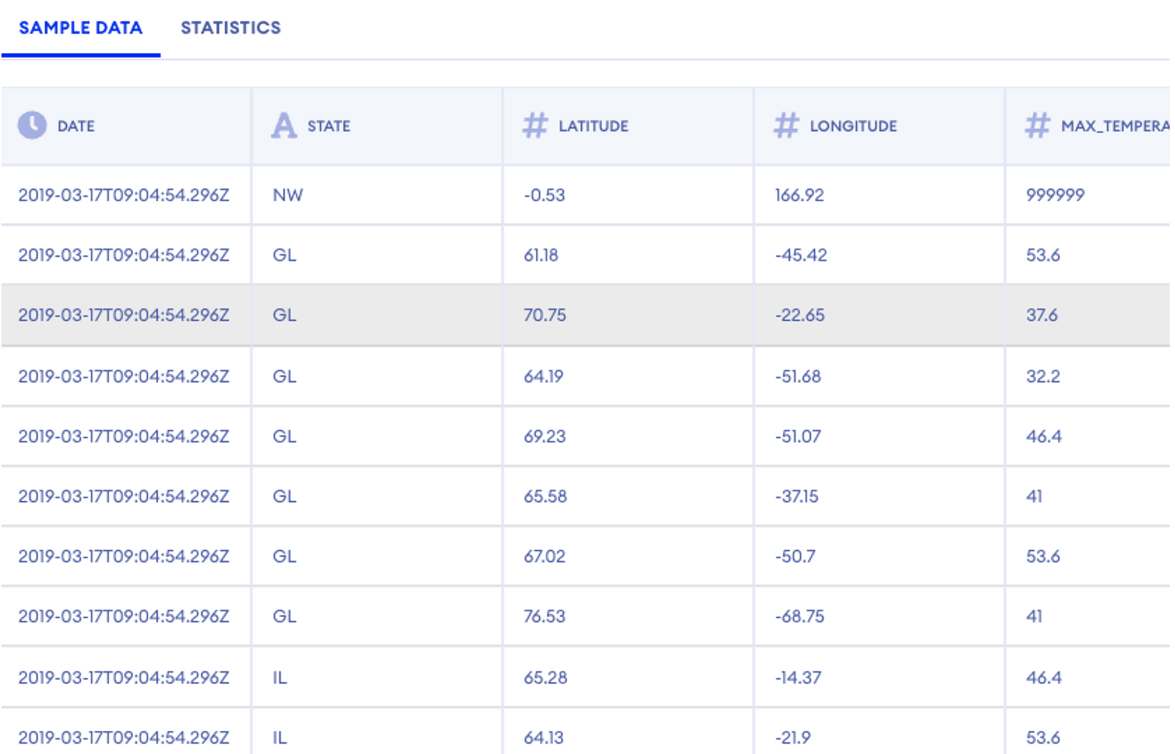Knowledge Base
How Datasets Work
Datasets are fundamental to the Narrative ecosystem, acting as the central repository for data processed, stored, or transferred across the platform. They function as the backbone of the system, ensuring data is organized, accessible, and secure.
Storage and Organization
At its core, a dataset is a virtual container that categorizes and retains data, akin to a table in a relational database with fields corresponding to columns. This structure allows for:
- Data Ingestion: The ability to collect and incorporate new data.
- Overwriting Capability: Updating datasets with new or revised data as necessary.
- Retention Policies: Automated guidelines that determine the lifespan of data within a dataset to maintain relevance and currency.
Schema: The Framework of Data
The schema within a dataset acts as its architectural blueprint, delineating the structure and format of the data it holds. Key aspects of a schema include:
- Field Types and Names: Specifications of what data the dataset can store and how it's identified.
- Descriptions: Clear explanations of each field's purpose and content.
- Validations: Rules ensuring data integrity and consistency.
Schemas are designed to be immutable, establishing a stable and reliable framework for data storage.
Ownership and Permissions
Ownership of a dataset is exclusive to a single company, safeguarding data privacy and control. Access to a dataset is regulated through:
- Access Rules: Defined permissions that outline who can view or manipulate the dataset's data, extending flexibility and security in data sharing and collaboration.

Datasets play a critical role in managing the flow of information within Narrative, providing a structured, secure environment for data handling. Through the strategic use of schemas and access rules, datasets ensure that data remains organized, accessible, and under the rightful ownership, facilitating efficient operations across the Narrative platform.